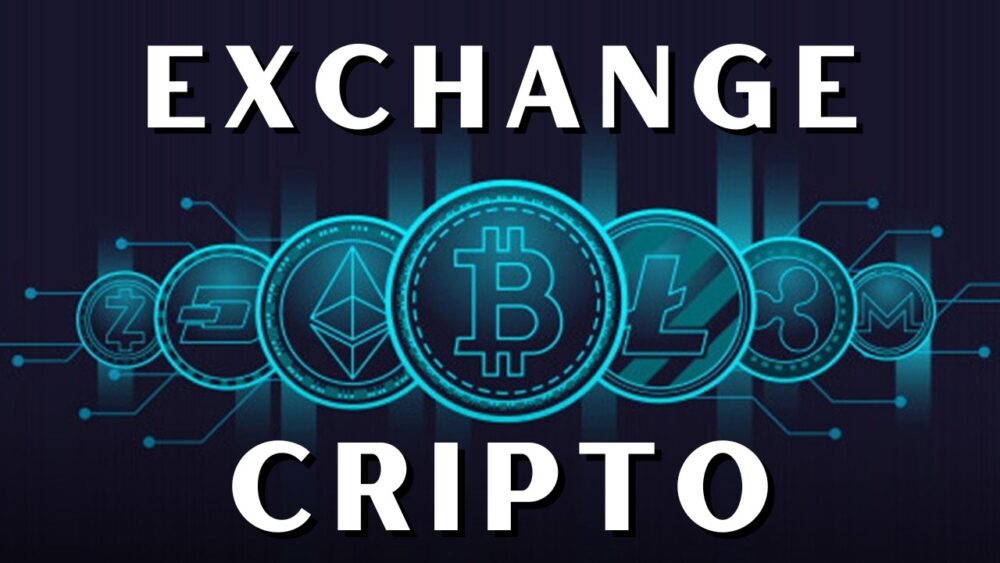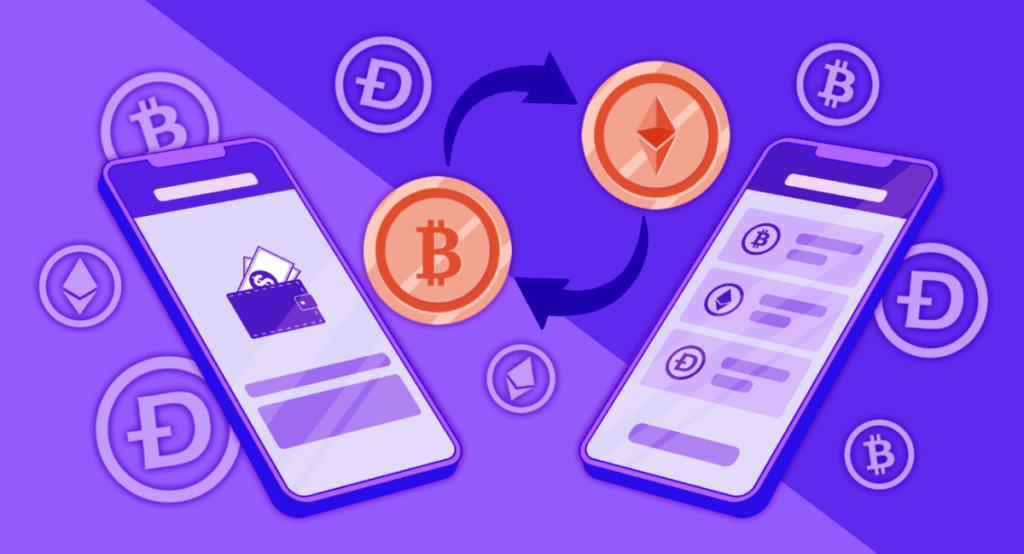
At first glance, crypto exchanges in 2025 seem nearly interchangeable: they offer sleek mobile apps, access to both spot and derivative markets, staking options, and some version of an «Earn» feature. But scratch beneath the surface, and the differences start to matter—especially when it comes to trading fees, security policies, and identity verification protocols (KYC). Here’s a grounded guide to help you navigate the landscape more deliberately.
Quick Snapshot
- Fees: Most major platforms operate on a maker–taker fee model. Spot trades typically start around 0.08%–0.10% for makers and 0.10% for takers, with discounts for higher volumes or holding the platform’s native token. (Binance, Kraken, and OKX follow this; Coinbase Advanced uses a tiered approach, but with steeper initial fees.)
- Security: Look for exchanges that publicly publish Proof-of-Reserves and disclose custody practices. Coinbase, for example, claims that over 98% of user funds are stored in cold wallets. Kraken and OKX go a step further with recurring Merkle-based and zk-proof audits.
- KYC & Regulation: Europe has flipped the switch—MiCA is in full swing, and the Travel Rule applies across the EU. Stronger identity checks and regulated transfers are now standard.
Unpacking Fees: What You Really Pay
Yes, the published fees matter—but not as much as you’d think. All the major centralized exchanges use a maker–taker model: you pay slightly less when you provide liquidity (maker) and slightly more when you take it (taker).
Here’s how it breaks down in 2025:
- Binance: Starts at 0.1% maker/taker at VIP 0; discounts kick in with volume or BNB holdings.
- Kraken: Tiers based on your trailing 30-day volume; higher tiers bring significantly lower rates. Some pairs offer special maker rebates.
- OKX: Spot trading begins at 0.08% maker / 0.10% taker; futures are even lower (0.02% / 0.05%) for base users.
- Coinbase Advanced: More expensive at entry level, but offers volume-based discounts.
But the devil’s in the details:
- Liquidity and spreads: Lower-fee pairs often come with worse slippage or thinner order books.
- Token discounts: Using native tokens (BNB, OKB) can reduce fees but adds exposure to platform risk.
- Promotional pairs: Some exchanges run zero-fee or rebate campaigns, especially in new markets.
Pro Tip: If you’re placing mostly limit orders on liquid pairs, your actual costs may be negligible. But if you’re relying on market orders, those small fee differences add up fast.
Security: More Claims, Some Clarity
The top-tier exchanges have stepped up security in the past couple of years, but not all protections are created equal.
- Custody: Coinbase claims to hold 98%+ of customer assets in cold storage. It’s a strong statement, but still self-reported.
- Proof-of-Reserves: Kraken and OKX both conduct regular, user-verifiable audits. Kraken uses Merkle proofs; OKX adds privacy-preserving zk-STARKs.
- Account Controls: Two-factor authentication, whitelisted withdrawal addresses, device verification, and granular API permissions remain essential.
And then there are red flags: In early 2025, OKX’s parent company admitted to years-long AML violations in the U.S., resulting in a hefty $505M penalty. It doesn’t necessarily imply insolvency, but it does raise compliance concerns you should weigh.
KYC in 2025: Especially if You’re in Europe
The regulatory environment has shifted dramatically, particularly in the EU.
- MiCA: Phased in between mid and late 2024, it mandates clearer disclosures and licensing for crypto service providers.
- The Travel Rule: Now fully active across the EU. For withdrawals over €1,000, exchanges may request extra verification—yes, even for transfers to your own wallet.
Bottom line: Exchanges serving EU residents will feel more like regulated brokerages now. Expect deeper verification steps and more friction on onboarding or withdrawals.

A Framework for Choosing an Exchange
Want to make a smart pick? Here’s a checklist you can actually use:
- Fees: What are the maker/taker rates on the pairs you trade most? Do you meet VIP thresholds? Any zero-fee promos?
- Security: Does the platform publish PoR with liabilities included and third-party verification? What’s their cold storage policy? Have they had any major compliance events?
- KYC & Location: How fast and easy is verification? Is the platform licensed in your jurisdiction? (This matters more now under MiCA.)
- Product Coverage: Are your pairs liquid? Can you access derivatives? How easy is it to get fiat in and out?
Who Should Use What?
- Long-Term Holders: If you’re mostly buying and holding, focus on custody and fiat rails. Coinbase and Kraken are strong here.
- Active Spot Traders: You want deep liquidity and low taker fees. Binance and OKX might be more appealing, though jurisdiction risk increases.
- Derivatives Traders: Look at futures fee ladders, margin engines, and liquidation fairness. OKX leads in transparency here.
Smart Habits to Save Money and Lower Risk
- Use limit orders: Being a maker saves you money over time.
- Batch withdrawals: One large transfer often beats several small ones on-chain.
- Move idle funds to cold storage: Don’t leave savings on an exchange.
- Double-check withdrawal addresses: Always verify, especially for large transfers.
- Don’t trust, verify: «Proof-of-Reserves» without liabilities or third-party attestation is marketing, not assurance.
Final Thoughts
By 2025, top exchanges are converging on lower fees, better transparency, and stricter compliance. Your job isn’t to find the perfect platform—it’s to find one that matches your trading behavior, risk tolerance, and jurisdiction. Pair that with solid self-custody habits, and you’ll be in a strong position to minimize both costs and exposure.